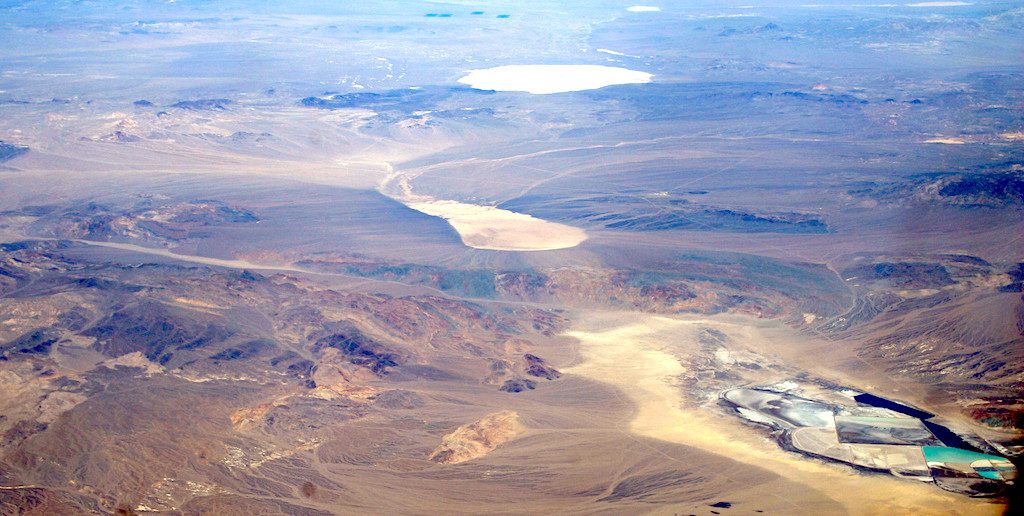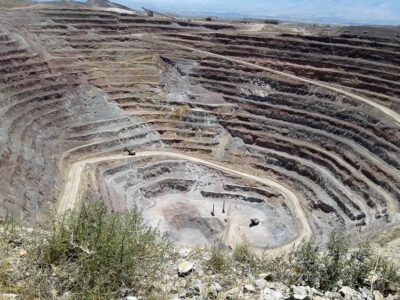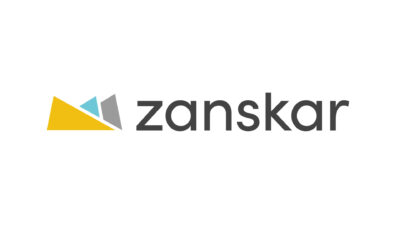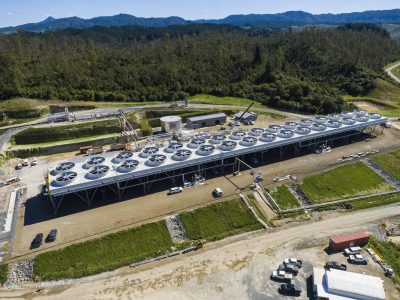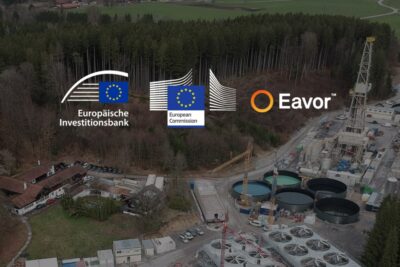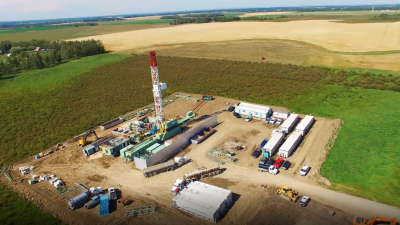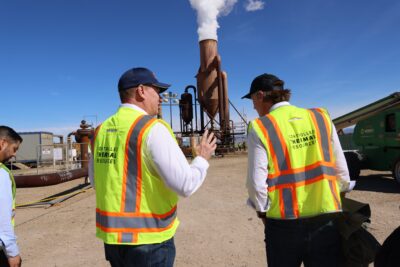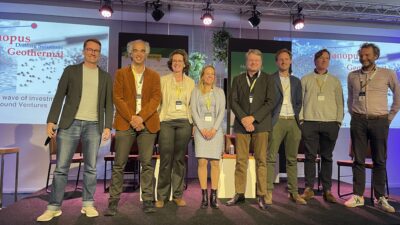U.S. DOE announces selection of geothermal lithium projects for $10.9M funding
Ten projects have been selected for funding by the U.S. Department of Energy for the extraction and conversion of lithium from geothermal brine sources.
The U.S. Department of Energy has announced the selection of 10 geothermal lithium projects that will benefit from the total funding of USD 10.9 million that was originally announced in November 2022.
The 10 projects across nine states aim to advance innovative technologies to extract and convert battery-grade lithium from geothermal brine sources in the United States. This work will increase America’s access to cost-effective, domestic sources of this critical material needed for batteries for stationary storage and electric vehicles to meet the Biden-Harris Administration’s goals of 50% electric vehicle adoption by 2030 and a net-zero emissions economy by 2050.
Currently, the United States has limited capabilities to produce and refine domestically sourced lithium. Direct lithium extraction from geothermal brines represents an opportunity to domestically produce lithium hydroxide—the form of lithium used for advanced batteries–in an efficient and environmentally friendly way.
“A strong, domestic supply chain for lithium is crucial for our nation’s clean energy economy,” said Alejandro Moreno, Acting Deputy Assistant Secretary for DOE’s Office of Energy Efficiency and Renewable Energy (EERE). “This investment will support innovations leading to safe and sustainable production of the lithium we need for batteries for electric vehicles and the grid right here at home.”
Details on the ten projects and their corresponding lead organizations are as follows. The projects are categorized based on two topic areas.
-
Field Validation of Lithium Hydroxide Production from Geothermal Brines
- ExSorbtion Inc. – Environmentally Friendly, Fastest to Production, and Lowest Cost Direct Lithium Extraction Solution
- Energy Exploration Technologies – Simplified High Purity Direct Lithium Hydroxide Production from Salton Sea Brines
-
Applied Research and Development of Lithium Extraction from Geothermal Brines
- University of Illinois at Urbana-Champaign – Direct Li Extraction from Geothermal Brines via a Novel Redox Membrane
- The University of Texas at Austin – Selective Polymer Scaffolds for Lithium Hydroxide Production
- New Mexico Institute of Mining and Technology – Development of a highly efficient and novel distillation-assisted membrane for direct lithium extraction from geothermal brines
- Penn State University Park – Efficient, Low-cost, and Environmentally Benign Production of Lithium Battery Precursors From Geothermal
- Rice University – Direct and Continuous Electrochemical Manufacturing of High-purity Lithium Hydroxide from Geothermal Brines in a Solid Electrolyte Reactor
- Lawrence Livermore National Laboratory – Continuous electrosynthesis of lithium minerals from geothermal brines with a flow-electrode
- Pacific Northwest National Laboratory – Improving Li Recovery and Production of Value-Added Minerals from Geothermal Brines with Controlled Precipitation and Precision Separation
- University of Virginia – Targeted Extraction of Lithium with Electroactive Particles and Electrodialysis
These projects are being managed in collaboration by EERE’s Advanced Materials & Manufacturing Technologies (AMMTO) and?Geothermal Technologies Office (GTO). The projects add to a portfolio of recent investments such AMMTO’s Critical Materials Institute – an Energy Innovation Hub led by Ames National Laboratory and GTO’s Geothermal Lithium Extraction Prize.
These projects will also further develop a DOE-led innovation ecosystem around lithium production as project participants will be invited to participate in the Lithium RD&D Virtual Center. The Center coordinates investment activity across industry, government, and academia.
Source: U.S. Department of Energy
